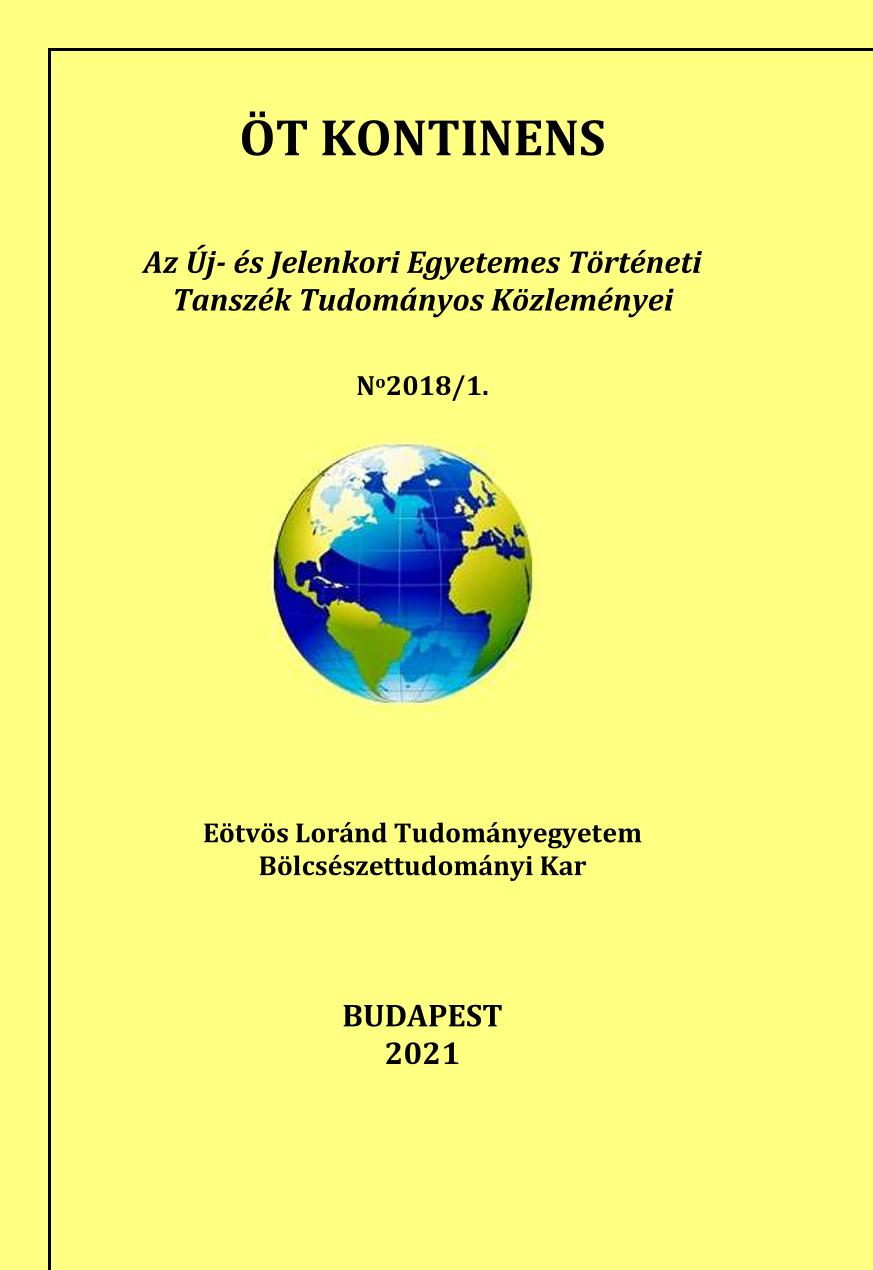CEE’s Plans for a Resilient Integration with the EU
CEE’s Plans for a Resilient Integration with the EU
Author(s): Ramachandra ByrappaSubject(s): Economic policy, Comparative politics, Present Times (2010 - today), EU-Accession / EU-DEvelopment, Geopolitics
Published by: Eötvös Loránd Tudományegyetem, Új-és Jelenkori Egyetemes Történeti Tanszék
Keywords: Foreign policy resilience; integration; disintegration; white nationalism; sovereignty; discrimination-state; systemic discriminative order; feudal state; feudal diaspora;
Summary/Abstract: The European Union (EU) has a hierarchy of integration processes and priorities, in the scope of an ever-expanding empire. States in the EU are not equal, especially in their function and assigned roles. In the ever-changing architecture of international order there is a lot of teamwork, sometimes ad hoc and sometimes coordinated. At a regional context, the EU integration process also takes place with the assignment of role-playing, to organize the expansion of the EU. Its favoured instrument of integration was the market. But as China gained control of this market system, the EU is abandoning it in favour of classical geopolitical forms of integration, which might reinstate a degree of belligerence in Europe. The decisive factor in the processes will be the role played by Central and Eastern European (CEE) members of the EU. There are stark differences between CEE countries, but consensus is emerging unto a new Eastern model of integration and reconstruction at national, EU and Transatlantic levels. This will have a profound impact on concepts like sovereignty, nation-state, and the whole idea of integration. After a brief appraisal of theoretical concepts like integration and sovereignty, the study will sketch the Eastern model and the EU integration process.
Journal: ÖT KONTINENS
- Issue Year: 2018
- Issue No: 1
- Page Range: 7-22
- Page Count: 16
- Language: English

